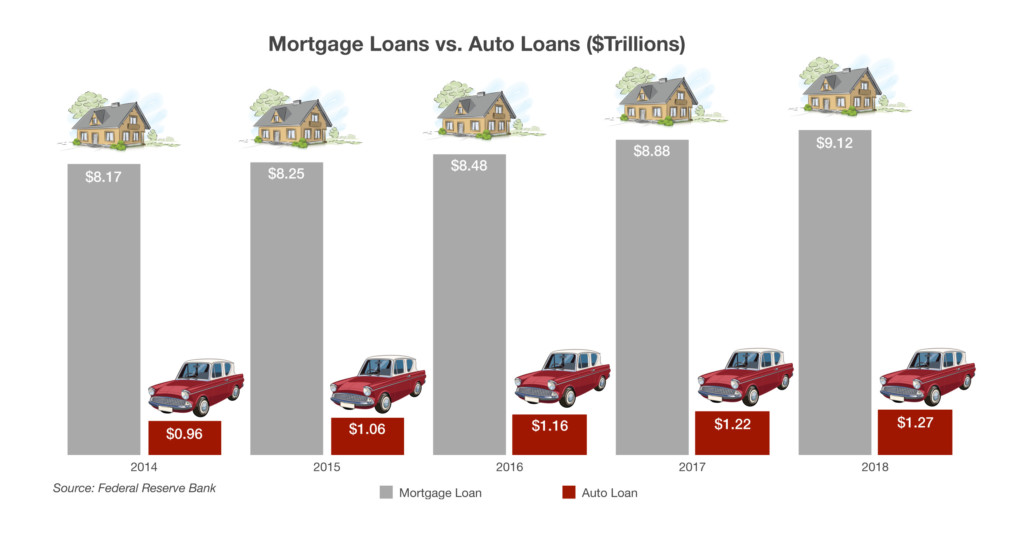
Stock Indices:
| Dow Jones | 39,118 |
| S&P 500 | 5,460 |
| Nasdaq | 17,732 |
Bond Sector Yields:
| 2 Yr Treasury | 4.71% |
| 10 Yr Treasury | 4.36% |
| 10 Yr Municipal | 2.86% |
| High Yield | 7.58% |
YTD Market Returns:
| Dow Jones | 3.79% |
| S&P 500 | 14.48% |
| Nasdaq | 18.13% |
| MSCI-EAFE | 3.51% |
| MSCI-Europe | 3.72% |
| MSCI-Pacific | 3.05% |
| MSCI-Emg Mkt | 6.11% |
| US Agg Bond | -0.71% |
| US Corp Bond | -0.49% |
| US Gov’t Bond | -0.68% |
Commodity Prices:
| Gold | 2,336 |
| Silver | 29.43 |
| Oil (WTI) | 81.46 |
Currencies:
| Dollar / Euro | 1.06 |
| Dollar / Pound | 1.26 |
| Yen / Dollar | 160.56 |
| Canadian /Dollar | 0.73 |
Macro Overview
A change in the Federal Reserve’s stance on the direction of interest rates helped buoy equity and bond prices higher in March, allowing U.S. equity indices to post the strongest first quarter in nearly ten years.
The Federal Reserve scaled back its growth expectations for the U.S. economy and announced that it would hold rates steady with no additional rate increases this year. Economists interpreted the comments as a somber assessment of economic expansion, yet positively received by the equity and fixed income markets. The Fed mentioned trade disputes, slowing growth in China and Europe, and possible spillovers from Britain’s exit from the European Union were factors.
Short-term bond yields rose above longer term bond yields in March creating what is known in the fixed income sector as an inverted yield curve. Normally, short-term yields are lower than longer term yields, resulting in a normal yield curve. A persistent inverted yield curve would become more concerning should it linger for several quarters.
Concerns surrounding economic momentum in Europe became more prevalent as Europe’s central bank, the ECB, signaled that it would maintain interest rates below zero longer than anticipated. Slower growth in both exports and imports have been implying a slowdown throughout the EU, which is comprised of 28 European countries. The pending outcome on how and when Britain finally exits the EU is also adding duress to Britain’s trading and
business partners all over Europe.
Chinese government data revealed that exports heading to other countries worldwide fell over 20% in the past year. Data also showed that imports had fallen into China, realizing that Chinese consumers were scaling back demand from prior months.
Congressional leaders are considering legislation that would repeal the current age cap of 70.5 for contributing to IRAs as well as increase the required minimum distribution age for retirement accounts from 70.5 to 72. Such legislation, if passed, would be the most significant change to retirement plans since 2006. (Sources: Federal Reserve, Dept. of Labor, IRS, Treasury Dept., ECB)
Lower Rate Outlook & Trade Talks Elevate Stocks In First Quarter – Equity Overview
Optimism over progress on U.S. trade discussions with China seemed to overshadow concerns about a slowing economic expansion helping to propel equity indices towards the end of the third quarter.
Gains were broad for the S&P 500 Index with all 11 sectors ending higher for the first quarter, which has not occurred since 2014. Technology and energy stocks were among the best performing sectors for the quarter, encompassing a broad scope of industries and companies. A counterintuitive environment has driven stocks higher while the bond market is signaling slower growth. Some analysts are expecting a slowdown in corporate earnings growth as global demand projections have been trimmed. (Sources: S&P, Bloomberg, Reuters)

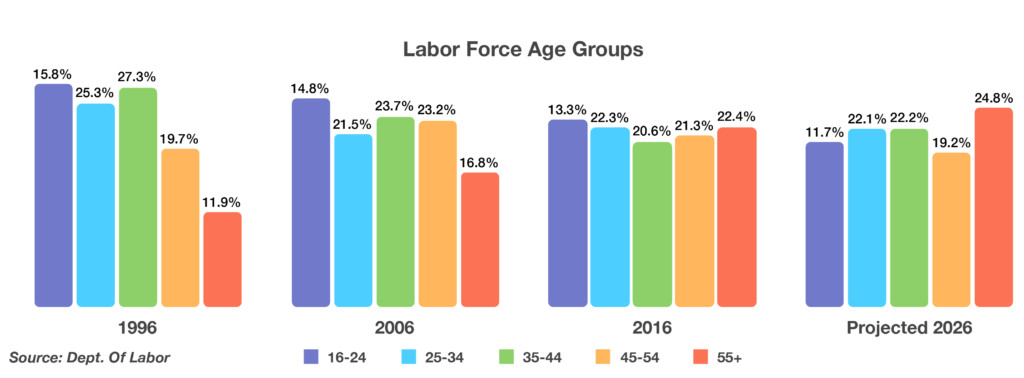 Labor data revealed that over a thirty year
Labor data revealed that over a thirty year employees, and laws will all have to be revised, reshuffled, and rewritten in order to accommodate the divorce between the two.
employees, and laws will all have to be revised, reshuffled, and rewritten in order to accommodate the divorce between the two.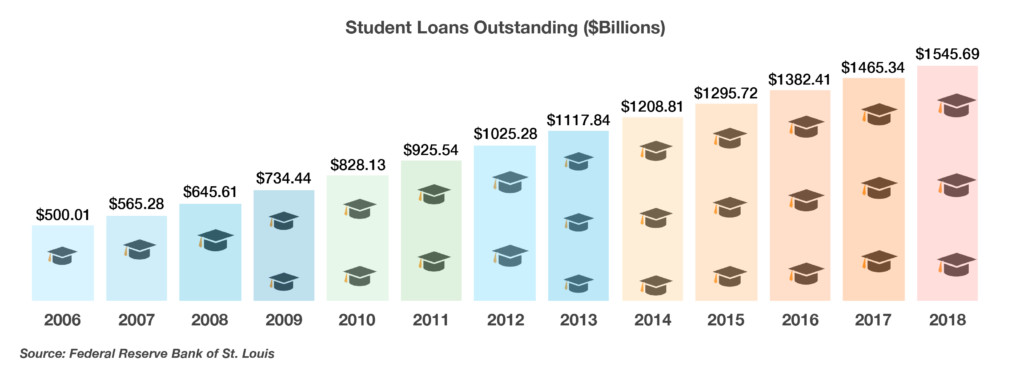
 from a specific group of workers or labor group. This past year, educational service workers including teachers and office staff for schools, accounted for over 90% of all workers on strike in 2018. Other industries whose employees were
from a specific group of workers or labor group. This past year, educational service workers including teachers and office staff for schools, accounted for over 90% of all workers on strike in 2018. Other industries whose employees were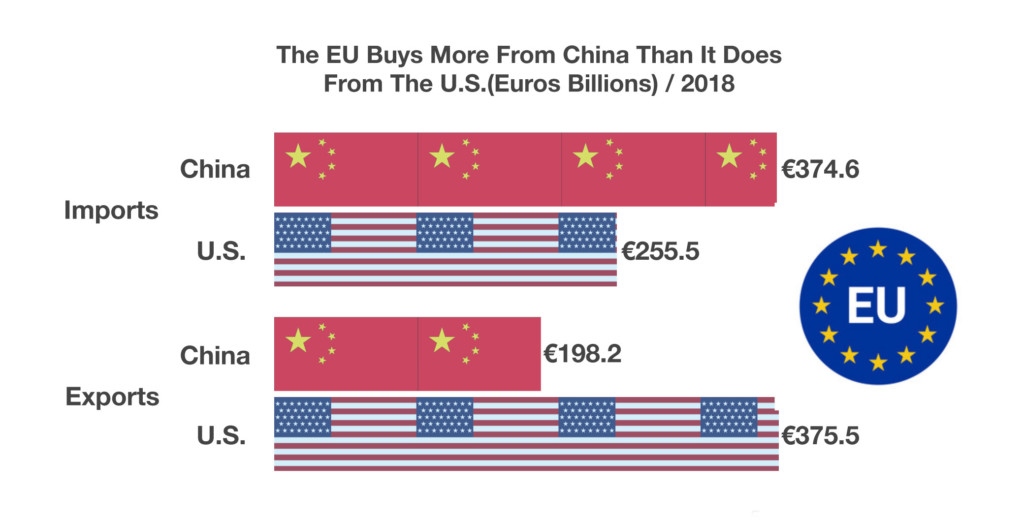 respects intellectual property and meets its obligations as a member of the World Trade Organization (WTO). The majority of the imports into the EU from China include consumer goods, machinery, shoes, and clothing. The bulk of exports from the EU to China are automobiles, planes, and chemicals. (Sources: U.S. Department of Commerce, EuroStat, CIA Factbook)
respects intellectual property and meets its obligations as a member of the World Trade Organization (WTO). The majority of the imports into the EU from China include consumer goods, machinery, shoes, and clothing. The bulk of exports from the EU to China are automobiles, planes, and chemicals. (Sources: U.S. Department of Commerce, EuroStat, CIA Factbook)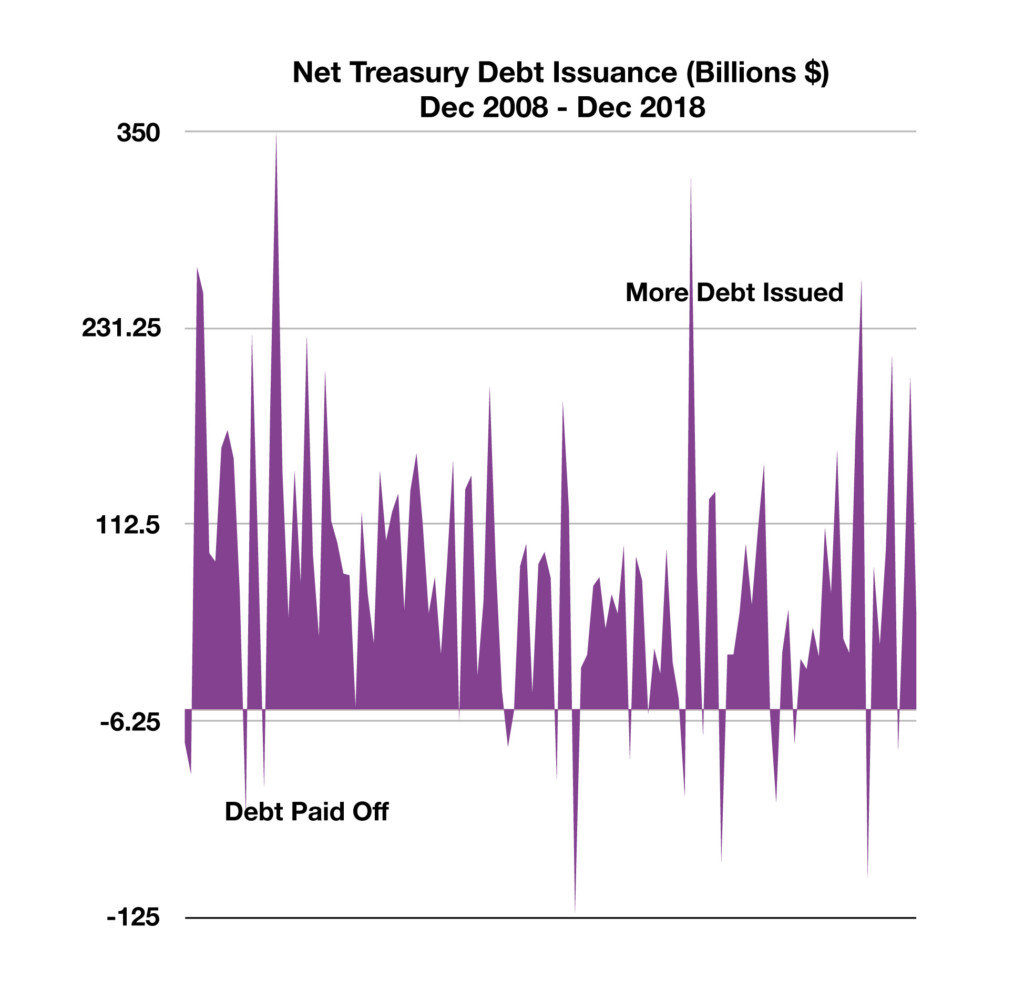 trillion, more than double the 2017 level of $550 billion. It is estimated that new debt issuance for 2019 will be $1.4 trillion, then range from $1.25 trillion to $1.4 trillion over the next four years. Despite the increased flood of new government debt supply, demand has surprisingly kept up as an insatiable demand from abroad continues to drive investors to the liquid and transparent market of U.S.government debt.(Sources: U.S. Treasury Department)
trillion, more than double the 2017 level of $550 billion. It is estimated that new debt issuance for 2019 will be $1.4 trillion, then range from $1.25 trillion to $1.4 trillion over the next four years. Despite the increased flood of new government debt supply, demand has surprisingly kept up as an insatiable demand from abroad continues to drive investors to the liquid and transparent market of U.S.government debt.(Sources: U.S. Treasury Department)